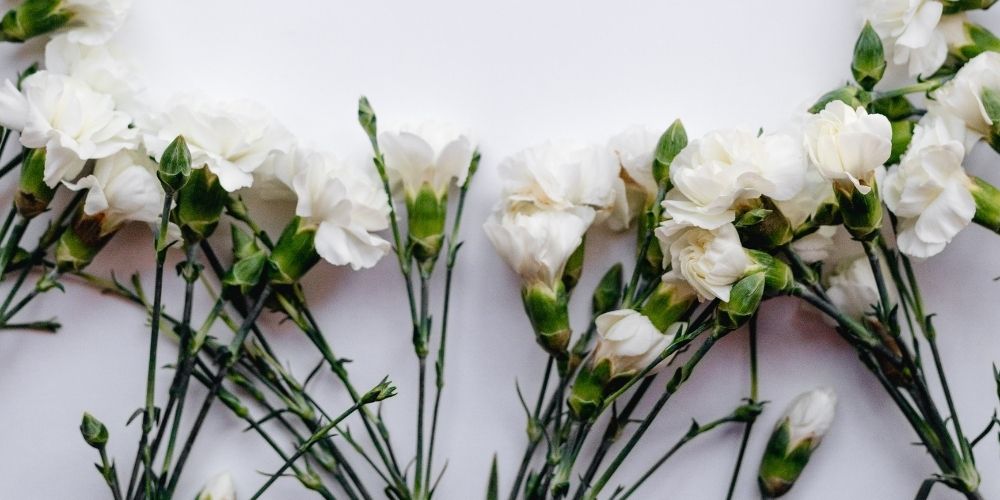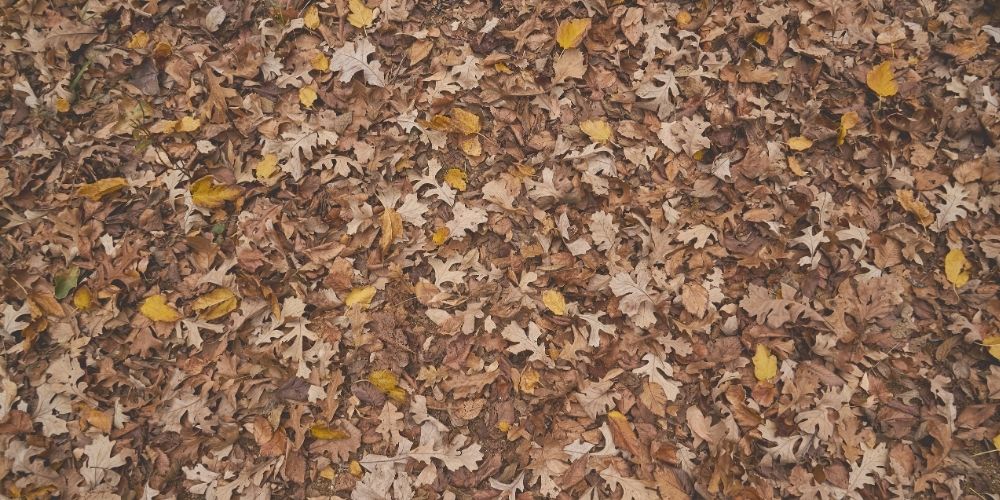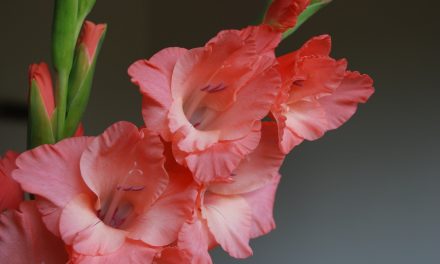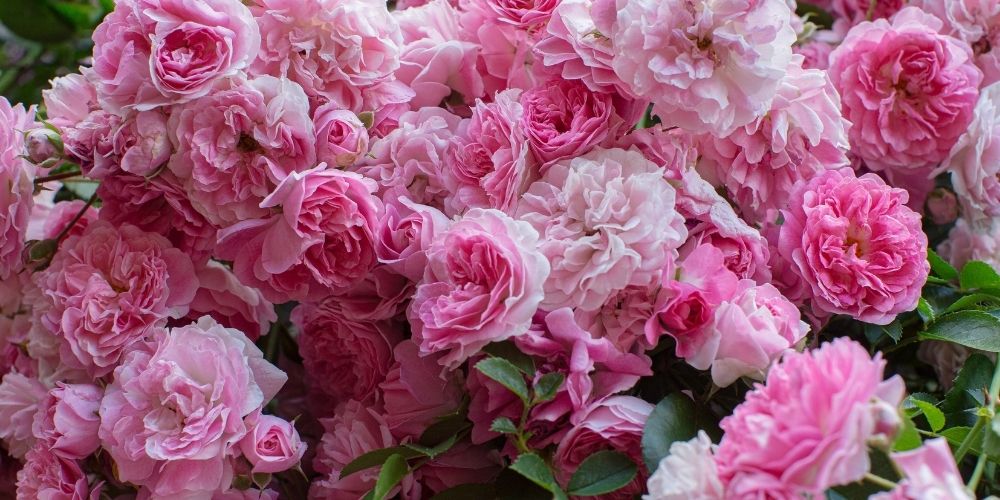Almost all types of carnations prefer sunny places, but they also put up with partial shade. When planted in the sun, the plant will be more compact, the color of flowers and leaves will be brighter, but the flowering period will be shortened. Most types of cloves prefer neutral or slightly alkaline, moderately fertilized light soil.
Particular attention should be paid to the moisture permeability of the soil – waterlogging for carnations is very undesirable, as is the groundwater close to the soil surface.
Choosing the best place
Plants love the sun and grow best in open to the sun flower beds, but they can thrive well in light, rarefied partial shade, covering plantings in the midday heat. This will keep the flowers longer and allow more lush shrubs to develop.
At the same time, in the open sun, the color of the petals is richer and brighter. The area for planting seedlings or sowing seeds should be flat, protected from the wind, with grooves around the perimeter for moisture to drain.
The soil during spring planting is treated in the autumn by adding well-rotted manure or compost in an amount of 8-10 kg per 1 square meter, as well as lime on acidic soils. It is not necessary to apply other fertilizers, and if in previous seasons the area was fertilized with manure, the soil is simply dug up, removing weeds and vegetation residues.
Keep in mind that carnations love hydration most of all, but cannot tolerate stagnant water. Therefore, an ideal place for carnations would be a hill with loamy soil.
If your area does not have such a place, you can create it manually. Prepare the planting area, buy land and carry out work to change the relief of the landscape. Let the soil settle down a bit and the ideal spot for planting the carnations will be done.
Key points in choosing a place to plant the carnations:
- Lack of stagnant water;
- Loose, not acidified soil;
- Bright sunlight.
Find or create such a place for a flower, and gratitude will not be long in coming. You will get long and bright bloom throughout the season.
The right time to plant carnations

Sowing is carried out in the middle of summer for flowering next year. Remove weeds and plant debris from the area. Dig the soil to a depth of 15-20 cm and apply organic fertilizers. After that, level the soil and sow seeds to a depth of 5-6 mm.
The seeds will sprout in 2-3 weeks depending on soil and weather conditions. During the germination period, the soil moisture should be monitored – do not overflow and dry out.
Keep weeds under control throughout the growing season. Weeds compete with plants for water, space, and nutrients, so control them by removing unnecessary weeds.
You can also put mulch on the soil to control unwanted vegetation after sprouting. The mulch will hold moisture in the soil, keep it at the right temperature, and keep weeds from sprouting.
For perennials, organic mulch made from bark or shredded leaves gives the garden a natural look and improves the soil as it degrades over time. Also, mulch around the stems of plants helps prevent rot.
Thorough watering is essential for starting plant growth. Water your crops at least once a week to help new roots form properly. The soil should be moist about 3 cm below the soil surface. You can check this by sticking your finger into the soil.
Water the plants early in the morning to allow all the leaves to dry. For most flowers, 25-30 mm of rainfall or one watering per week is recommended.
- Do Carnations Like Sun Or Shade?
- When is the best time to plant Tomato Seeds?
- Which Lettuce Is Easiest to Grow?
Growing carnations today
Growing beautiful flowers on your spot is a pleasant but very troublesome task. Flowering plants are capricious: they require special treatment during cultivation and subsequent flowering. For this reason, carnations are popular among gardeners, because they are not only very effective but also moderately demanding on conditions.
All a carnation needs are light and moisture. You do not have to apply different fertilizers three times a week or carry out circumcision according to a special technique.
Just grow the seedlings correctly and plant them in a suitable place on your spot. Carnations delight flower growers with one more advantage – a variety of species. There are more than three hundred species of this plant in the world, and each has a unique beauty of flowering.















